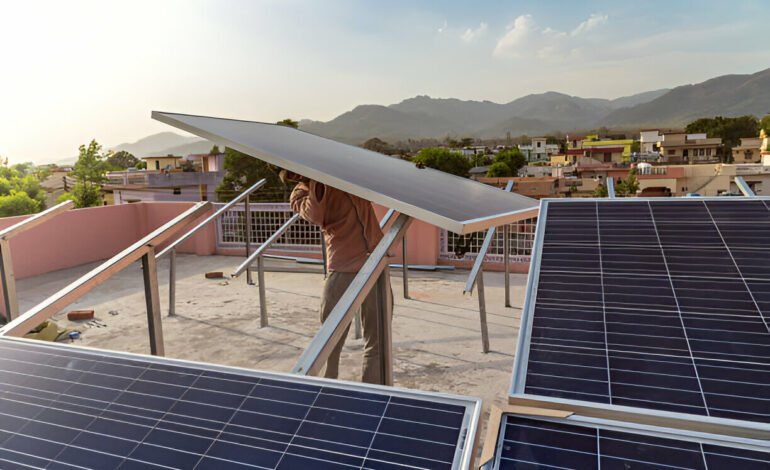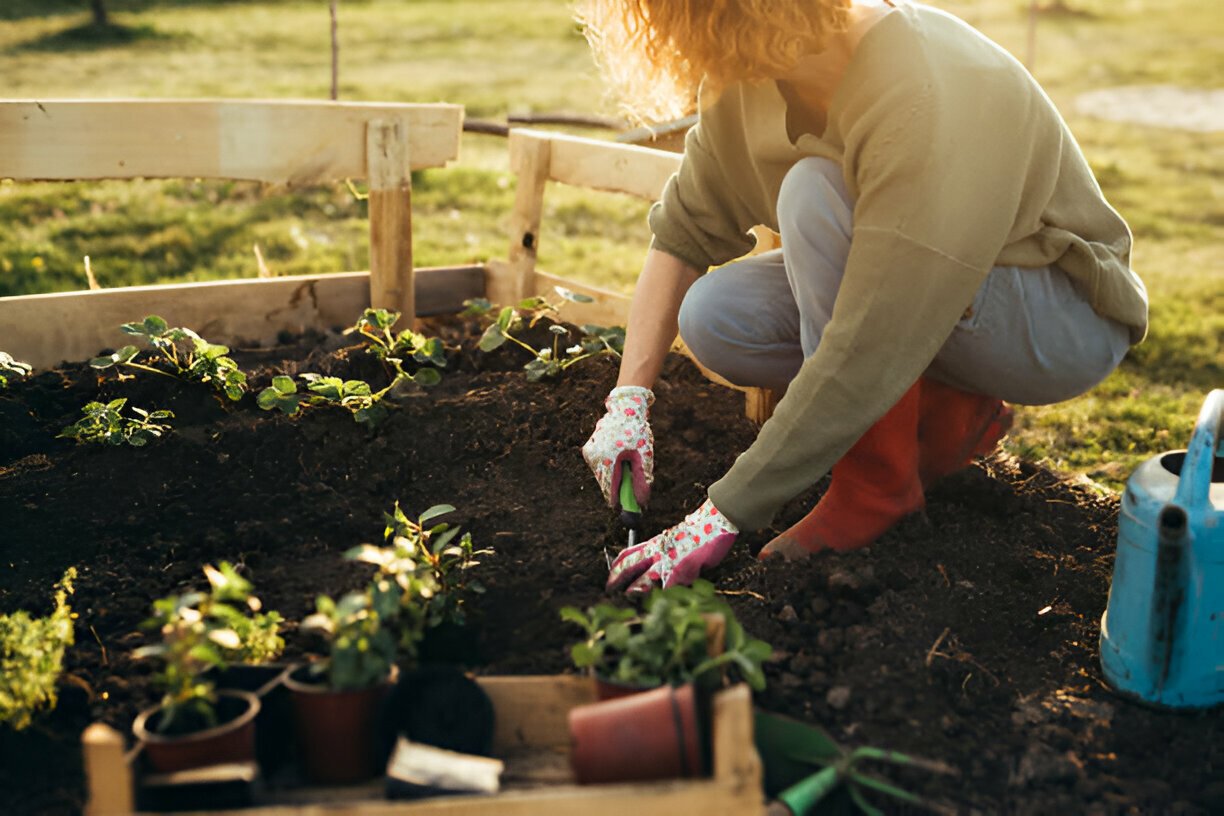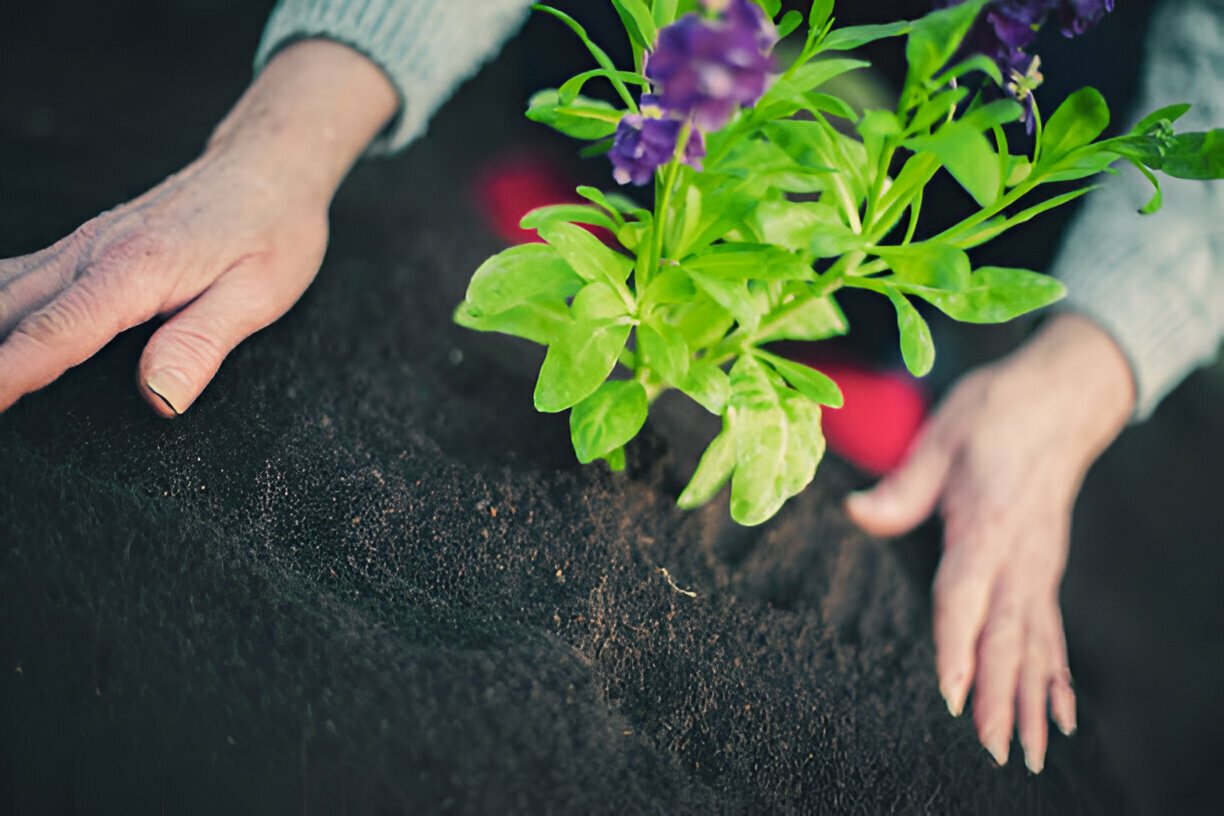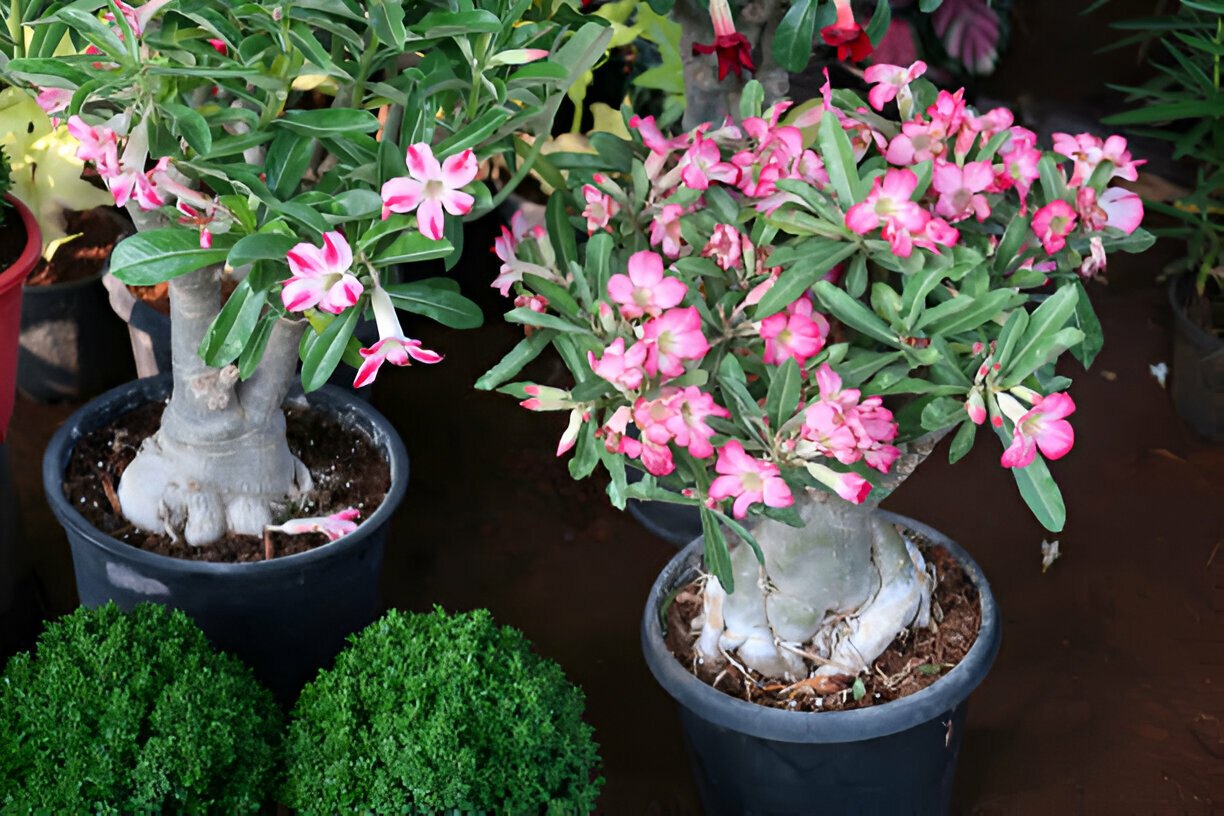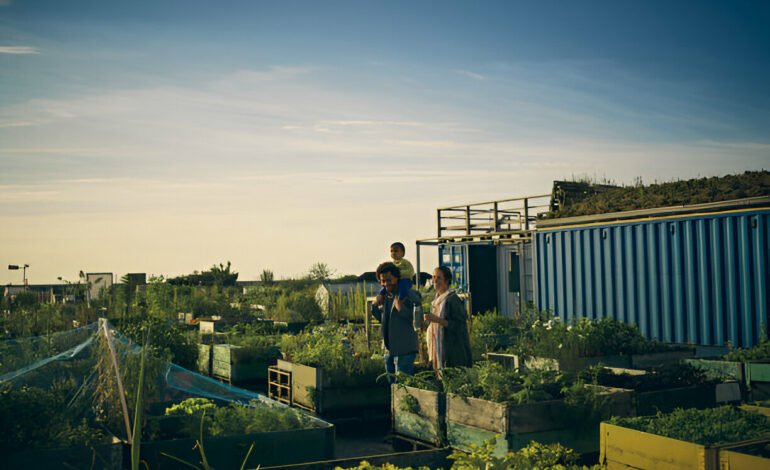
Urban Gardening: Growing Food in Small Spaces
Urban gardening is transforming the way we think about growing food. With limited space, many city dwellers are discovering the joys and benefits of cultivating their own gardens. But how can you start an urban garden when you live in a small apartment or a house with a tiny backyard? Let’s dive into the world of urban gardening and uncover the secrets to growing food in small spaces.
Introduction to Urban Gardening
Urban gardening involves growing food in urban areas with limited space. It’s a creative and resourceful way to bring a bit of nature into our bustling city lives. Whether you have a balcony, a rooftop, or just a windowsill, you can start your own urban garden. Imagine picking fresh herbs from your windowsill or tomatoes from a rooftop planter—it’s more than possible with a bit of planning and care.
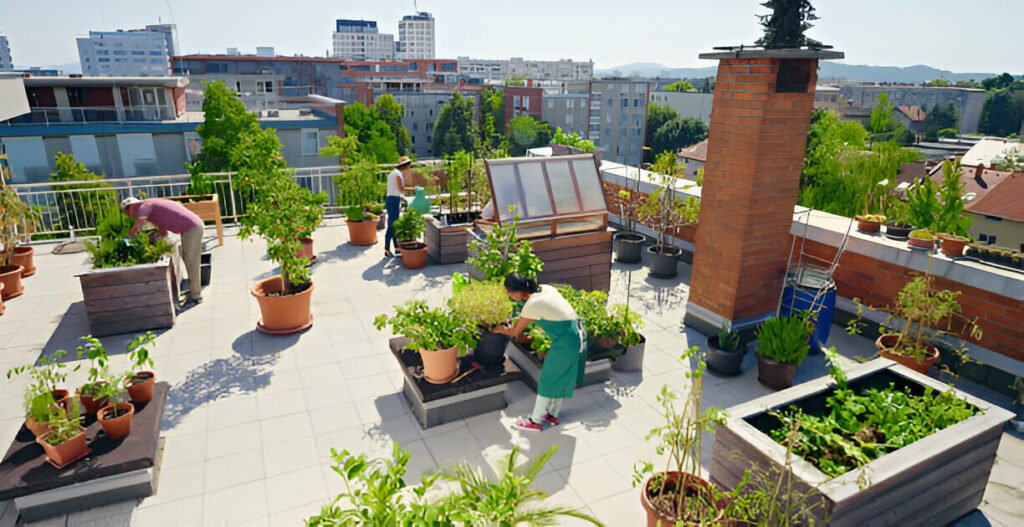
Benefits of Urban Gardening
Urban gardening offers numerous benefits beyond just fresh produce. Health is a significant advantage, as you get to consume organic, homegrown vegetables and fruits. Mental well-being is another, as gardening is known to reduce stress and improve mood. Furthermore, urban gardening helps in sustainability by reducing the carbon footprint associated with transporting food and promoting biodiversity in city environments.
Choosing the Right Plants
Selecting the right plants is crucial for a successful urban garden. Opt for compact or dwarf varieties of vegetables and herbs that can thrive in containers or small beds. Some great options include cherry tomatoes, lettuce, spinach, radishes, and herbs like basil, parsley, and mint. Consider the climate and light conditions of your space when choosing plants. Most herbs and vegetables require at least 6 hours of sunlight daily.
Maximizing Space with Vertical Gardening
When floor space is limited, think vertical! Vertical gardening involves growing plants up rather than out. Use trellises, wall planters, and hanging baskets to make the most of vertical space. Plants like peas, beans, cucumbers, and strawberries are perfect for vertical gardening. It’s like creating a living wall of greenery that not only saves space but also adds a stunning visual element to your urban garden.
Container Gardening Tips
Container gardening is ideal for urban spaces. Here are some tips to get you started:
- Choose the right containers: Ensure they have good drainage and are large enough for your plants.
- Use quality soil: Opt for a light, well-draining potting mix.
- Fertilize regularly: Container plants need more nutrients, so feed them with a balanced fertilizer.
- Position wisely: Place containers where they will receive adequate sunlight and protection from strong winds.
Soil and Composting
Healthy soil is the foundation of any successful garden. Use organic soil and enrich it with compost. Composting kitchen scraps like vegetable peelings, coffee grounds, and eggshells can provide nutrient-rich compost for your plants. Not only does this reduce waste, but it also gives your plants the nutrients they need to thrive.
Watering Techniques
Watering can make or break your urban garden. Overwatering or underwatering can harm your plants. Here are some effective watering techniques:
- Check soil moisture before watering. Stick your finger into the soil up to the second knuckle; if it feels dry, it’s time to water.
- Water early in the morning to reduce evaporation and allow plants to absorb moisture throughout the day.
- Use self-watering containers to ensure your plants get a consistent supply of water.
Dealing with Pests Naturally
Urban gardens are not immune to pests. However, you can manage them without harmful chemicals:
- Introduce beneficial insects like ladybugs and predatory beetles that eat pests.
- Use natural repellents like neem oil or a mixture of soap and water.
- Plant companion plants like marigolds or garlic that deter pests.
Indoor Gardening Options
Not all urban gardeners have access to outdoor space. Indoor gardening is a viable option:
- Use grow lights to provide adequate light for plants.
- Choose plants that thrive indoors, like herbs, leafy greens, and dwarf varieties of vegetables.
- Consider hydroponics, a method of growing plants without soil, using nutrient-rich water instead.
Community Gardens
Community gardens offer a shared space for urban dwellers to grow food. These gardens foster a sense of community, provide access to larger gardening areas, and often come with resources like tools and compost. Joining a community garden can also be a great way to learn from experienced gardeners and share tips and produce.
Harvesting and Maintenance
Regular maintenance is key to a thriving urban garden. Prune plants to promote growth and remove dead leaves. Harvest produce when it’s ripe to encourage more production. Regularly check for pests and diseases, and act promptly to manage them. Maintaining a garden might seem like a lot of work, but the rewards of fresh, homegrown food make it worthwhile.
Seasonal Gardening
Understanding the seasons and planning accordingly can extend your gardening success. Plant cool-season crops like lettuce and spinach in spring and fall, and warm-season crops like tomatoes and peppers in summer. Using season extenders like cloches or row covers can protect your plants from unexpected cold spells.
Urban Gardening Challenges and Solutions
Urban gardening comes with its own set of challenges:
- Limited space can be overcome with vertical gardening and container gardening.
- Pollution can be mitigated by growing plants in clean, high-quality soil and using air-purifying plants.
- Limited sunlight can be managed by choosing shade-tolerant plants or using grow lights.
By addressing these challenges creatively, you can enjoy a productive urban garden.
Inspiring Urban Gardening Stories
Urban gardening has inspired many success stories. From small balcony gardens yielding bountiful harvests to community gardens transforming neighborhoods, the impact is profound. These stories highlight the power of determination and creativity in making urban gardening a reality.
Urban gardening is not just a trend; it’s a sustainable way to enhance our lives and communities. Whether you have a small balcony or a shared garden space, the possibilities are endless. With the right plants, techniques, and a bit of care, you can grow your own food in even the smallest urban spaces. Why not start your urban gardening journey today?


